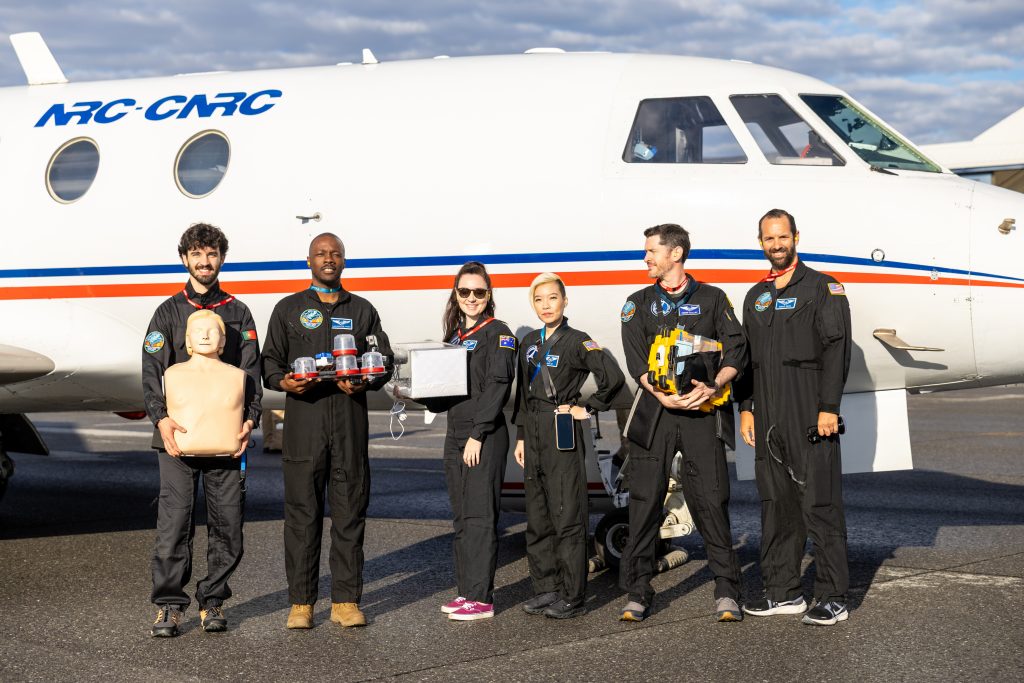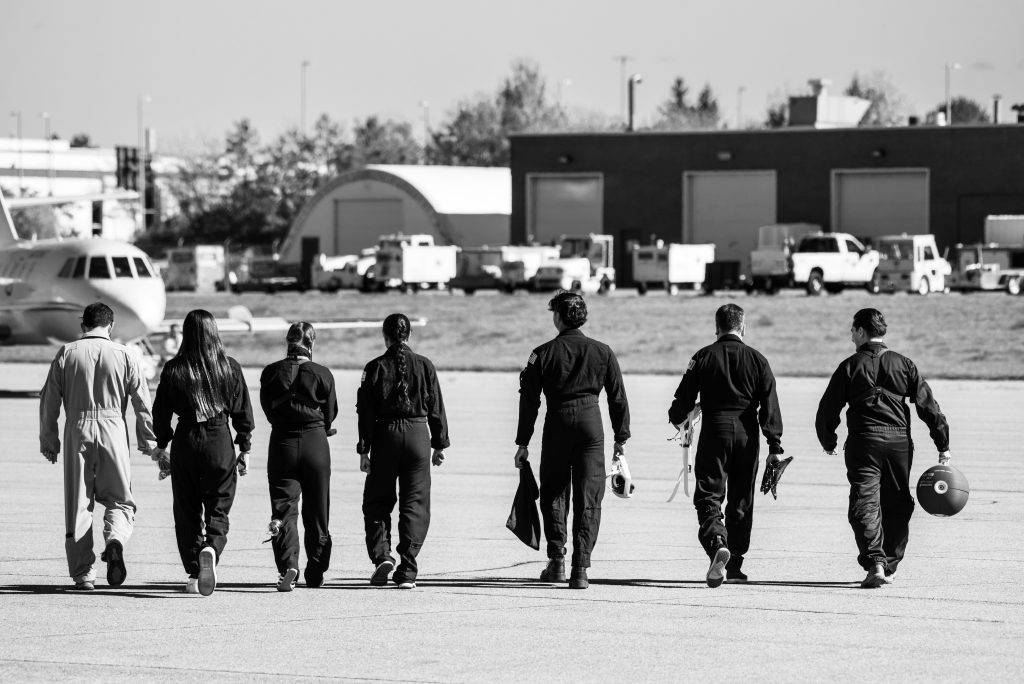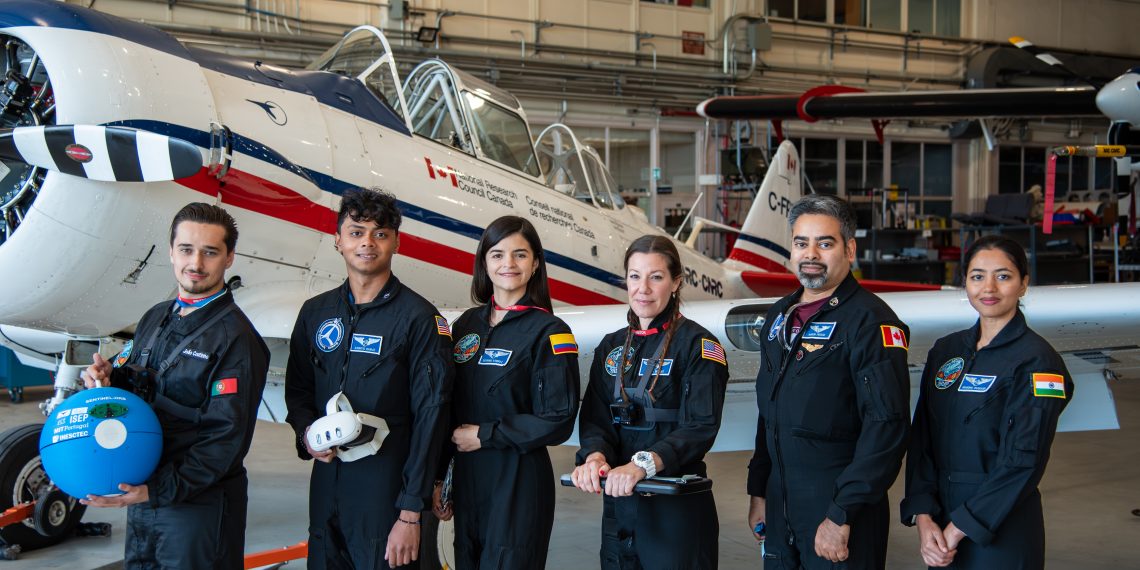INESC TEC has developed a free-flying robot, i.e., a compact and fully autonomous aerial robotic sphere, which “flew” to Canada to be tested in microgravity flights. Two INESC TEC researchers, André Santos and João Coutinho, successfully completed the parabolic flights.
The experiment took place in early October at the National Research Council of Canada and was supported by the International Institute for Astronautical Sciences (IIAS) – with whom INESC TEC has a signed memorandum of understanding (MoU) – and the University of Maryland Eastern Shore.
André Santos was the first to embark on what was his first experience in a zero-gravity environment. The researcher supported an experiment related to basic life support, performing compressions on a mannequin in microgravity.

The following day, it was João Coutinho’s turn to test the robotic system developed by INESC TEC. This prototype was developed to provide multifunctional support to astronauts during Extravehicular Activities (EVA) and Intravehicular Activities (IVA), offering advanced solutions in space contexts, but also to operate as a “scout robot” for monitoring. It was designed as part of the Sentinel-Orb exploratory project, funded by the MIT Portugal programme.
“I felt a great responsibility to represent the work and effort of the whole team; it’s a privilege to be able to push this technology to the limits in an environment as challenging as microgravity,’ explained João Coutinho.

The researchers had already been to Australia, at the International Astronautical Congress (IAC), the world’s most important Space-related event, representing INESC TEC. The trip ended with André Santos and João Coutinho travelling to Canada, together with the prototype developed by the Institute, to test it successfully on a parabolic flight.
The researchers mentioned in this news piece are associated with INESC TEC and ISEP



 News, current topics, curiosities and so much more about INESC TEC and its community!
News, current topics, curiosities and so much more about INESC TEC and its community!